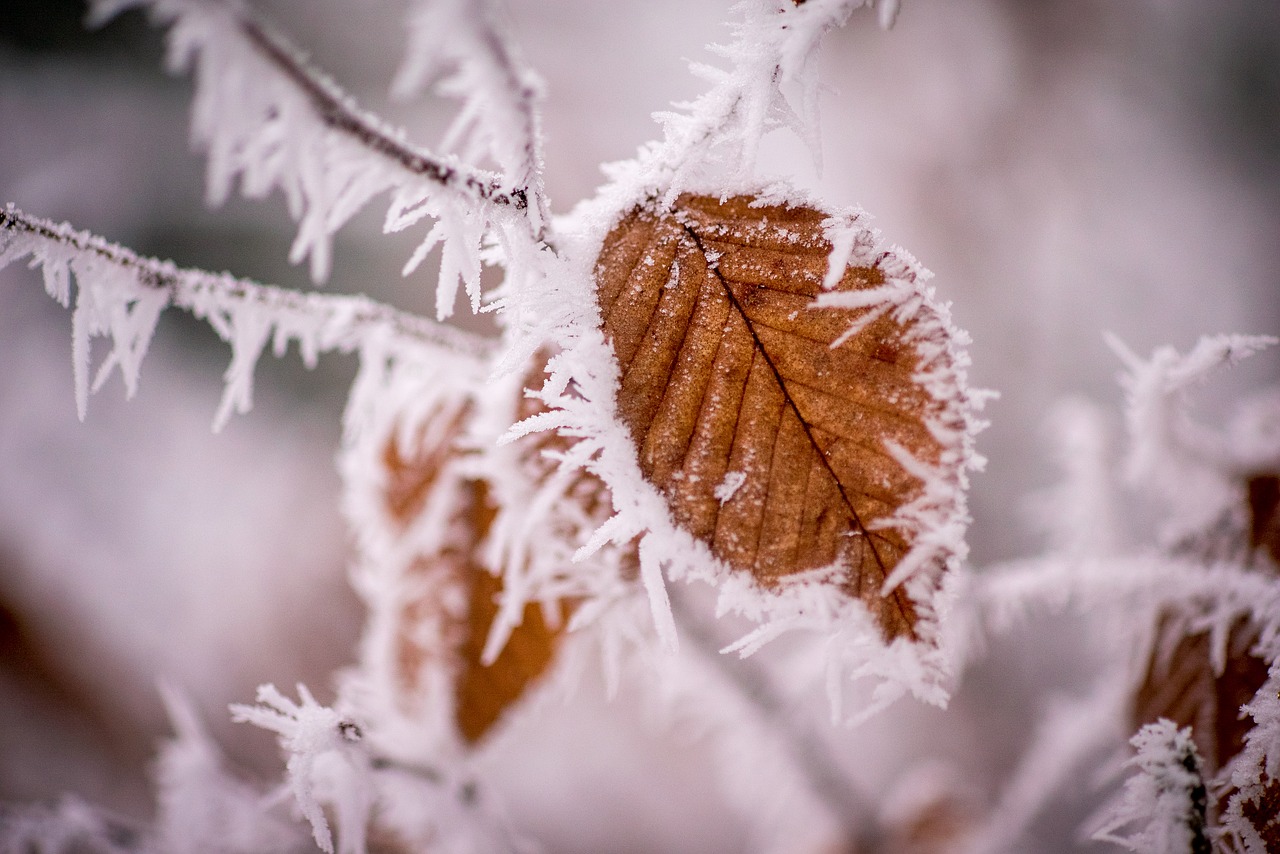Why is the window glass freezing into snowflakes?
In the cold days, waking up early in the morning, looking up at the window glass, saw the glass was filled with beautiful snowflakes; there was an orchid-like, a horse-like, transparent iridescent. Who painted those beautiful pictures on the glass?
Besides the natural world, no one else comes here. That’s the icy cold drawing of ice. We all see it. Ice on the surface of the water is in large pieces. This is because the water molecules are relatively dense; when much water freezes, the ice crystals are tightly entwined; snowflakes have a hexagonal shape. The steam molecule is relatively sparse; when agglomerated, it is not subject to uneven external pressure; ice crystals form appearance from its inherent perspective. The ice is in a large mass; its ice crystal is also hexagonal; because they are tightly entwined, we cannot see it.

Snowflakes on window glass which is also hexagonal. After the earliest ice crystals formed, it gradually expanded into four directions. At that time, the situation immediately became more complicated; sometimes, the wind was strong, sometimes the wind was weak, and the glass surface had a smooth surface. Some were rough, glass surfaces accumulated stains, and some were not contaminated with dust. Thus, when the steam is covered, it will be uneven. There is a little bit of water, a little bit. When the ice crystal reached out to four sides, encountered a lot of water vapor, the ice closed a little thick; meeting a little bit of standing water, the ice closes a bit thin. The ice is especially thin, experiencing some heat or pressure that will melt immediately, forming patterns of all shapes. It is similar to our painting, using a little more color, the color on the picture darkens a bit; color a little bit less, the color on the picture faded a little bit, where do not apply color means the inherent color of drawing paper.




